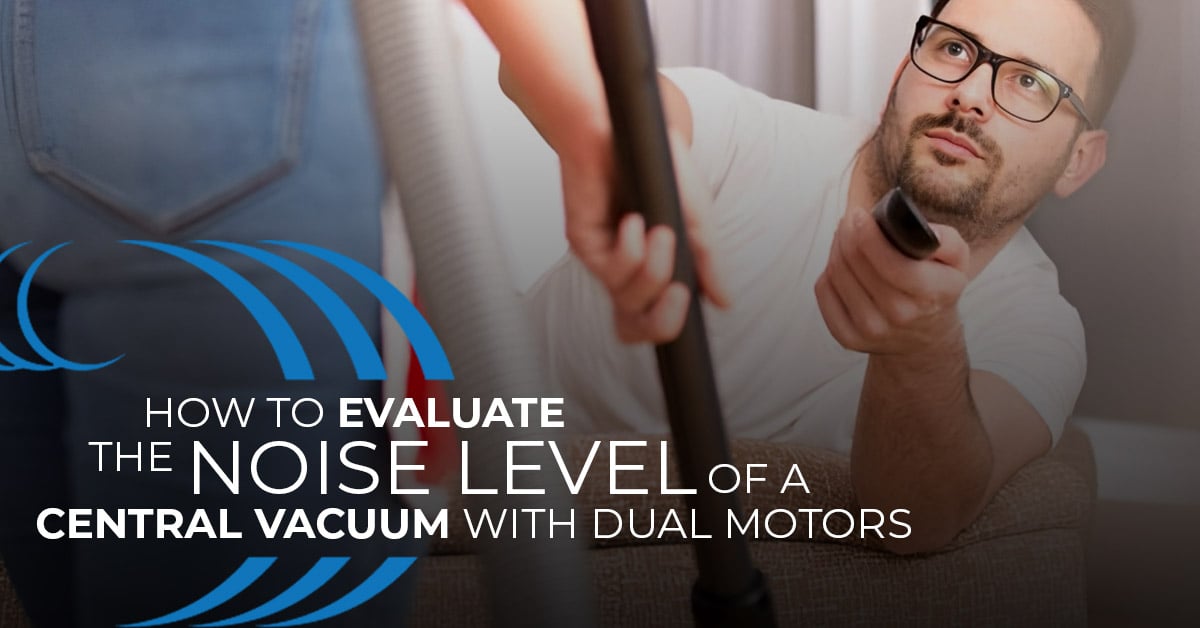
Boosting Productivity in Office Buildings with Central Vacuum
In today’s fast-paced work environment, maintaining a clean and organized office space is crucial for productivity. Office buildings often struggle with keeping their premises clean

In today’s world, central vacuum systems equipped with dual motors offer a powerful cleaning solution for both residential and commercial spaces. However, one critical aspect that often concerns users is the noise level. This article aims to guide you in assessing the noise level in dual motor central vacuum systems, offering insights on noise evaluation techniques, understanding noise levels, measuring noise output, and providing a comprehensive guide to noise assessment.
When it comes to dual motor central vacuum systems, understanding the noise levels is crucial. Noise level, measured in decibels (dB), can significantly impact the user experience. While these systems are known for their superior suction power, they can also produce more noise due to their increased power. However, advancements in technology have led to the development of systems that operate at lower decibel levels, ensuring a quieter operation despite their high power output.
When assessing the noise level of a dual motor central vacuum system, there are several factors to consider. Firstly, check the decibel rating of the system. Most manufacturers provide this information in the product specifications. A lower decibel rating typically means a quieter operation.
In addition, consider the location of the motor units. Systems with motor units located further from the user, such as in the basement or garage, tend to be quieter as the distance dampens the sound. Also, some systems come with built-in sound-dampening technologies that reduce noise levels.
Evaluating the noise level of a central vacuum system involves more than just checking the decibel rating. If possible, try to hear the system in operation. Some retailers may allow in-store demonstrations, giving you a firsthand experience of the noise level.
You can also rely on customer reviews and professional ratings. Users often share their experiences regarding the noise level, giving you a realistic idea of what to expect. Professional ratings, on the other hand, offer a more objective evaluation of the noise output of central vacuum systems with dual motors.
If you already have a dual motor central vacuum system installed, you can measure the noise output using a decibel meter. These devices provide a quantitative measurement of the sound level, helping you determine whether the noise output is within a comfortable range.
Remember, regular maintenance, including cleaning the motor, checking the belt drive, and inspecting for loose or damaged fans, can help reduce noise levels. A well-maintained system not only operates more quietly but also extends the lifespan of the unit.
In conclusion, evaluating the noise level of a dual motor central vacuum system doesn’t have to be a daunting task. By understanding the noise levels, employing proper assessment techniques, and maintaining your system regularly, you can enjoy the benefits of a powerful cleaning system without the inconvenience of excessive noise.
As technology continues to advance, we can look forward to even quieter central vacuum systems in the future, providing users with an efficient, powerful, yet quiet cleaning solution.

In today’s fast-paced work environment, maintaining a clean and organized office space is crucial for productivity. Office buildings often struggle with keeping their premises clean

Central vacuums in animal shelters & vet clinic: Explore how these systems boost hygiene, efficiency, and air quality.

In the world of home entertainment, a home theater is a luxury that many homeowners dream of. It’s an immersive experience that brings the magic

A central vacuum system is a significant investment that promises convenience, powerful suction, and improved indoor air quality. However, choosing the right central vacuum hose
Our home automation products are at the forefront of technology, offering a blend of convenience, security, and efficiency. As a Homewave dealer, you’ll be part of a network transforming homes into smart, futuristic spaces.
Embark on this rewarding journey with us and leverage the power of innovative technology.
Please fill out this form and become a Homewave Dealer.